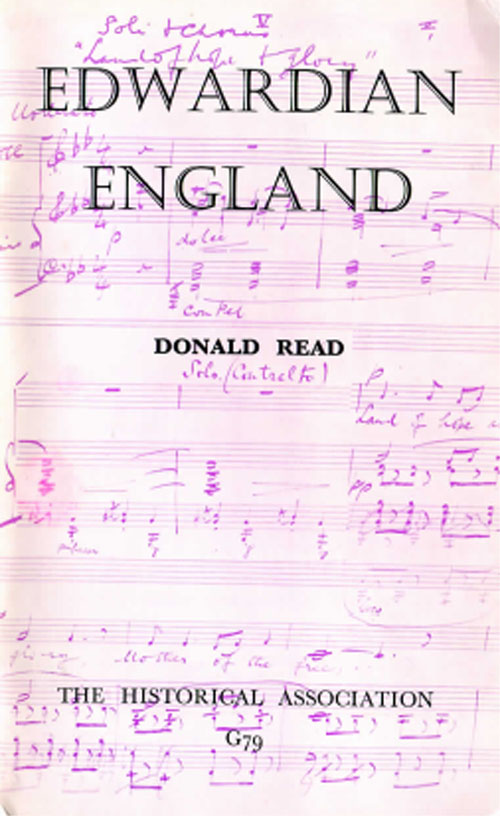Edwardian England
Classic Pamphlet

The Coming of the Modern Age
The Edwardian era is still less than a lifetime away. Yet the memoirs of surviving Edwardians, written any time between the nineteen-twenties and the nineteen sixties, have often made it sound like a remote epoch. The years between the death of Queen Victoria in 1901 and the outbreak of the First World War in 1914 have been remembered with heavy and distorting nostalgia as a vanished golden age. ‘Those who did not know this land before 1914 never knew it at all. Those who did not live before then ever (sic) saw this country as its greatest, its height, its Imperial might, its wonderful security and its wonderful peace.' So rhapsodized W. Macqueen-Pope in Twenty Shillings in the Pound, A Lost Age of Plenty, 1890-1914, published in 1948. Paradoxically, while the recollections of Edwardians survivors have tended to make the past seem more remote, the researches of the present generation of historians have been able to document the many problems of the Edwardians, making it apparent how theirs was a far from golden age, how indeed in many respects the growing Edwardian unsettlement can be seen in retrospect as marking the beginning of ‘modern times'.
So aware were Edwardians of their many difficulties that The Times of 19 January 1909 particularly emphasized how contemporaries shared no golden illusions about themselves. ‘They place the golden age behind them, and assume that no generation ever had to deal with evils so great and perplexing as those of the present day.' These Edwardians ‘evils' were products of a range of social and political contrasts, all of which had existed in Victorian times, but which were now festering into more or less noisy conflicts. Eight instances of contrast tending towards conflict dominated the social and political history of Edwardian England.
This resource is FREE for HA Members.
Non HA Members can get instant access for £3.49

